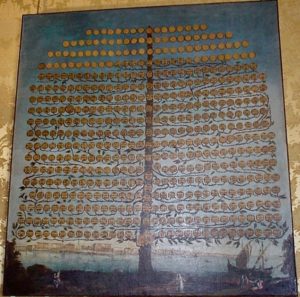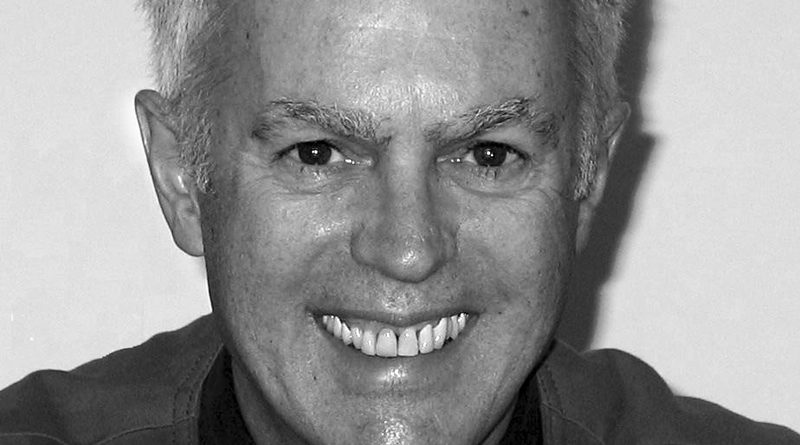Dancing to the music of your DNA
Ron Hodgson

Databases are used to keep track of many things that define you. Most people modify the databases themselves just by using them, and in doing so establish fairly accurate personal profiles. When you choose a particular movie or program from Netflix for example, the Netflix database captures that decision and, by quickly searching your previous choices, often gives you other shows that you may also be interested in. Or, when you show interest in products being sold online your interest is captured and used to target you with advertising tailored to your tastes.
So what does this have to do with DNA databases? As I mentioned in my article in the December edition, the online companies’ system of establishing genetic groups depends on them building a large genetic genealogy database. Using their database analysis algorithms they are able to identify others in the database that may be related to you. Your DNA becomes a bit like your Netflix preferences and helps identify possible relatives.
It helps to understand the type and size of the primary genealogical DNA databases so to begin with here are the basics. (Disclaimer: I am in no way an expert in this field and I owe a great deal to Wikipedia for some of these references.)
The DNA molecule is comprised of thread-like structures called chromosomes which are arranged in 23 pairs. One pair is your sex chromosome, X and Y in a male and X and X in a female. The other 22 are called autosomes. Some DNA tests only capture your autosome information while others capture these plus the sex chromosome information.
Autosomal DNA analysis is useful to track relatives over a few generations—perhaps five or six. This is because autosomal DNA is inherited equally from both parents but since it recombines with each generation the accuracy of the analysis diminishes exponentially as you go back in time.
Y-chromosome DNA (Y-DNA) that is passed from father to son can be used to trace the paternal line over many generations. Mitochondrial DNA (mtDNA) the other sex chromosome that is passed from mother to child, is used to trace the lines of descent of the maternal line and can go back thousands of years.
The most popular site, ancestry.ca offers an Autosomal DNA analysis and is very useful for people who want to build a family tree. Going back six generations would take you back to about 1840. According to recent estimates (Nov. 2017) Ancestry’s database exceeds 6 million testers. Also its database tends to contain mainly testers from North America.
The second most popular site is 23andMe.com with some 3 million testers. Their autosomal test includes basic mitochondrial and Y-chromosome haplogroup or line of descent information at no extra charge. For an additional fee they also provide medical and trait reports which can be used for family planning.
23andMe is also available in more countries than Ancestry and so their database will possibly be more representative of those with non-North American backgrounds.
The databases of other tester sites although growing, are much smaller than Ancestry or 23andMe. These include Family Tree DNA (FTDNA) and
MyHeritage. I found a useful website to compare all these databases at whodoyouthinkyouaremagazine.com.
But what about the security that you should expect when you send this very personal DNA information to these organizations? Is your DNA information protected and secure enough to withstand the pressures that legal and border control systems can exert? What about medical systems and drug companies? Could they get access? Your full genetic code may be available as a result of the test results you sent in. As a commercial service what control or oversight exists over the data that you have provided?
There have been a handful of requests for family lineage companies to turn over DNA information to law enforcement agencies in the U.S. Most of these have been subsequently withdrawn based on invasion of privacy laws but who knows what could happen as technology develops or in a compelling public safety situation?
Based on general company privacy statements, users are considered to own and control their data. Information is stored by the labs or storage facility with no personal identifiers and the company will delete the data and destroy the DNA sample if requested. Nevertheless if you are considering submittal of a DNA sample read the fine print and make sure you’re comfortable with the privacy guarantee.
The bleeding edge of technology may not be the safest place to sit but it sure is compelling to be able to find out about yourself and the road your ancestors trod to get to the present. One of my favourite authors, Richard Dawkins “The Selfish Gene” is worth quoting here—“DNA neither cares nor knows. DNA just is. And we dance to its music”.
